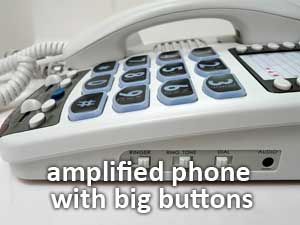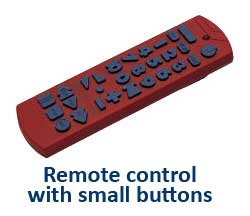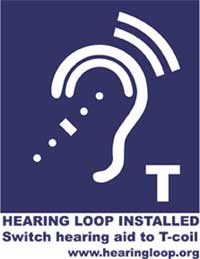Physical exercise and day-to-day activities are challenges for many individuals with chronic disabilities due to the following factors:

- Fatigue
- Strength
- Coordination
- Tone and spasticity
- Mobility
- Sensory abilities
- Fragile medical status
Caregiver support and assistive technology can help individuals achieve some level of functional independence. Simply put, assistive technology helps people do things for themselves. Assistive devices range from a simple tool with no moving parts (e.g., a kitchen implement with a padded handle) to a sophisticated electronic system (e.g., computer-based communication device). Sometimes an in-depth assessment is required to determine the appropriate assistive technology. Places like the I CAN Centre in Edmonton and ACETS in Calgary can provide that assessment.
Before investing in a piece of assistive technology, caregivers should ask, “Will it work for my loved one?” To answer this question, consider these three questions:
- Does it address the need?
- Can my loved one operate it?
- Does the environment support it?
 What activities do you and
your loved one want to do? Think about what the need really is. Do you need to open the window, or do you just need to get the air moving around? Don’t waste time, energy and money on something to solve a problem if you don’t know what the problem
is or it won’t solve the problem you have.
What activities do you and
your loved one want to do? Think about what the need really is. Do you need to open the window, or do you just need to get the air moving around? Don’t waste time, energy and money on something to solve a problem if you don’t know what the problem
is or it won’t solve the problem you have.
 You need to assess the usefulness of the technology
based on what your loved one can and cannot do physically and cognitively.
You need to assess the usefulness of the technology
based on what your loved one can and cannot do physically and cognitively.
Physical abilities include motor skills and sensory abilities. Consider things like the individual’s range of movement or their fine motor control. Can the person extend a finger or move each finger independently? Good hand function is required for many devices used to control technology (e.g., mouse, joy stick). If there is not good hand function, what parts of the body can the individual control? Does the person have well-controlled head movement? What about arms, legs or feet? What movements can the person make repeatedly and reliably?
Also consider sensory abilities. Can the person see the controls or hear auditory feedback? Can the individual feel the controls, or tell when the controls are activated?
Now consider cognitive abilities. The individual’s ability to remember, read, solve problems and/or multi-task may have changed. If the person has a difficult time remembering phone numbers, you can make a list. But if the person also has difficulty reading, you might have to use pictures.
 Will the device work in the home? Are there enough electrical outlets
for it? Is the technology delicate and easily broken? As the caregiver, you are part of the environment. Can you support the assistive device and ensure it is in working order, putting batteries in it and placing it where it needs to be?
Will the device work in the home? Are there enough electrical outlets
for it? Is the technology delicate and easily broken? As the caregiver, you are part of the environment. Can you support the assistive device and ensure it is in working order, putting batteries in it and placing it where it needs to be?
Let’s look at some of the main physical issues and the support strategies and assistive technologies that can help reduce their impact on physical activity and day-to-day functioning.